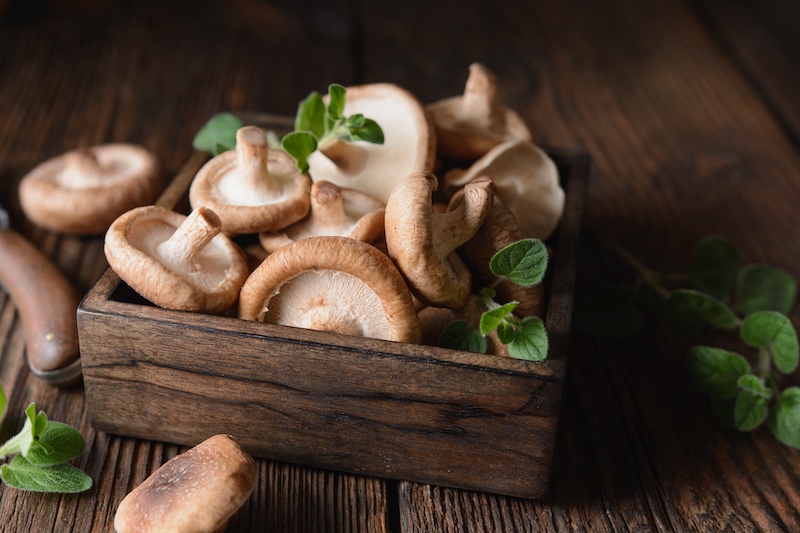Functional Fungi Fun Facts
by Mark J. Kaylor
Over the last 5 years, we are finally awakening to the wonderful health supporting gifts of functional mushrooms and have seen a growing awareness and interest in their use here in the U.S. While new to us, mushrooms have been highly prized in Asia for hundreds of years, several of which are considered to be the highest level of remedies, they were called “Superior medicines”.*
I thought it might be a good idea, dare I say “fun”, to share a variety of fun facts about functional fungi (and a couple not-so-functional… but still fun).
- Ancient Egyptians believed mushrooms to be plants of immortality* and because of this they were only allowed to be consumed by the pharaoh.
- One of the earliest uses of mushrooms dates back over 5,000 years to Otzi, a frozen mummy found in the Ötztal Alps between Austria and Italy. He carried with him two mushrooms, Fomes fomentarius, likely used as tinder, and Fomitopsis betulina, probably used for parasites.*
- The largest organism on the planet is the Armillaria ostoyae mushroom, a type of Honey mushroom, found in Oregon’s Blue Mountains that covers almost 2,400 acres (about 4 square miles) and is thought to be 2,400 years old, but it could be as old as 8,600 years.
- Shiitake was the first mushroom to be cultivated, about 1,000 years ago by a gentleman named Wu Sangong in Qingyuan County in China.
- Wu Sangong, a farmer in Longyan village – now a recognized heritage site, invented the Chop flower method of growing mushrooms that is still in use today.He is still recognized as the god of mushrooms in this region and has a temple built in his honor.
- Qingyuan County, in Zhejiang Province, China, is referred to as “Mushroom City” and could be considered the mushroom growing capital of the world.
- The first mushroom cultivated was the Shiitake mushroom. Today China produces ~80% of all Shiitake mushrooms worldwide.
- Mushrooms weren’t cultivated here in the U.S. until the mid-1800s, and that was the button mushroom, which may account for why, to this day, it is the most produced mushroom in the U.S.
- Reishi is also known as the Mannentake, the “10,000-year mushroom”, because of its traditional association with immortality.*
- Cordyceps has been referred to as a “yakodisiac” because when the yak were brought to higher pastures in the spring they would graze on this fungus that grows out of the head of a caterpillar and become quite frisky, hence an aphrodisiac for yak = yakodisiac.*
- Meshima is short for Meshimakobu which means “knot on Women’s Island” since it is found growing on trees there. While less well known in the West, Meshima is very popular in Korea. It has an affinity for supporting women’s health.*
- The delicious umami flavored Maitake can grow up to 100 pounds. Its name translates as “dancing mushroom” because it is believed that mushroom hunters would dance for joy upon finding it. Maitake is best known for it immune health supporting actions.*
- Agaricus blazei is so highly prized in Brazil that it goes by “god’s mushroom” or “mushroom of life” or “royal sun agaricus”.
I hope you had enjoyed our functional fungi fun facts.
Please come back as we explore the wonderful renaissance that mushrooms are currently experiencing here in the West.
Let’s hope it continues for hundreds of years, just as it has in Asia.
These health supporting allies are simply too valuable to be overlooked from now on.*

